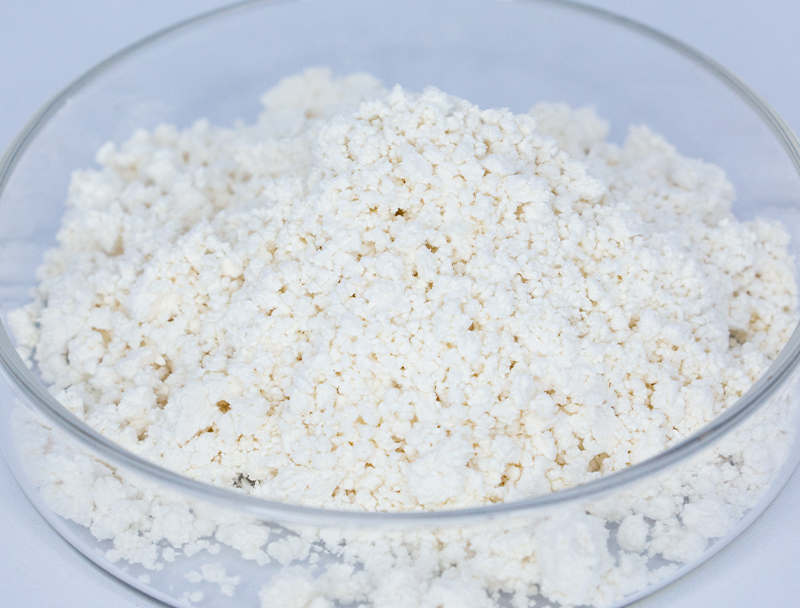
Biomanufacturing relies heavily on a diverse spectrum of input materials to create novel bio-derived items.
Protecting sustainably sourced materials underpins enduring viability and ethical market growth.
various risks tied to conventional feedstock acquisition like ecosystem disruption and unsustainable harvesting. Hence, stakeholders must deploy sustainable supply practices to minimize environmental costs.
- Illustrations of eco-conscious sourcing involve:
- Adopting organic-origin materials from crop remnants
- Installing reclamation workflows to diminish waste and heighten recovery
- Working with community-based suppliers that follow ethical standards
Embracing sustainable procurement produces environmental benefits with profitable potential.
Advancing Biomass Preparation for Elevated Biofuel Production
Advancing fuel production depends on feedstock consistency and composition. Engineers continually develop approaches to improve biomass suitability, leading to higher yields of biofuels and a more sustainable energy future. Initiatives integrate bioengineering to scale biomass production and pretreatment workflows to free fermentable sugars.
- Moreover, investigations target novel feedstocks like microalgae, municipal residues, and field residues to widen the pool of renewable biomass for biofuel use.
- As a result of relentless efforts the industry should deliver significant enhancements paving a path to sustainable energy.

Upstream Process Improvements for Modern Biopharma Production
involves foundational activities from cultivation to biomass harvest Recent developments in this field have resulted in optimized workflows that raise overall output.
Significant developments incorporate advanced biological platforms, tailored medium blends, and precision reactor engineering. These refinements escalate production and lower expenses and environmental strain.
- Additionally, a shift to integrated continuous operations is providing enhanced flexibility and responsiveness in production.
- Transitioning to refined production methods has the potential to overhaul the industry and expedite new treatments.

CRISPR and Beyond: Improving Biopharma Production
progresses in gene editing technologies, such as CRISPR-Cas9, have revolutionized the production of biopharmaceuticals. By implementing targeted gene changes, investigators boost production titers of important biologics. This route supports the creation of more affordable and productive treatments for multiple disorders.
Using Microbial Systems for Site-Specific Remediation
innovative solutions for sustainable bioremediation, a critical process for addressing environmental pollution. Microbial communities can biotransform hazardous materials into lower-risk substances. Employing microbial processes facilitates remediation approaches that preserve ecosystem integrity while reducing pollution.. Analysts explore microbial consortia for targeted removal of metal toxins, pesticide residues, and petroleum contaminants.. The microbes may be applied within engineered reactors or in situ to catalyze pollutant degradation via biotransformation..
Employing microbial strategies for remediation provides multiple benefits versus traditional techniques. The approach tends to lower treatment costs and avoids producing toxic residuals. Likewise, microbial systems can selectively degrade contaminants while sparing the wider environment. Work in this area evolves rapidly to optimize the success rates and scalability of bioremediation solutions.
Computational Biology in Drug Discovery
Advanced informatics contributes significantly to today’s drug research environment. By screening targets and refining candidate molecules, informatics drives faster, evidence-based development.
- With analysis of broad omics and clinical datasets, bioinformatic experts identify targets and model drug effects.
- Furthermore, computational modeling of drug–target interactions aids rational design of higher-performing therapeutics.
- To conclude, computational approaches are revolutionizing discovery and reducing time-to-patient for effective drugs.
Engineering Cellular Pathways for Improved Bioproduct Output
utilizes multiple approaches to enhance production of desirable bioproducts in cells. Programs use genetic redesign of metabolic networks, dynamic regulation of expression, and addition of heterologous genes to unlock new capabilities. By optimizing cellular networks, developers can substantially boost target bioproduct output.
This combined approach has capacity to change industries from drug manufacture to food production and bioenergy.

Scale-Up Challenges and Prospects for Biopharmaceuticals
Scaling up biopharmaceutical production presents both significant challenges and exciting opportunities. A primary obstacle GABA is ensuring uniform quality control as volumes rise. Meeting the need calls for dependable control systems, granular monitoring, and cutting-edge analytical methods.

Process intricacy spanning various stages creates significant scale-up complexities.. Transforming bench processes into industrial practice requires sustained research and engineering innovation. Nonetheless, the advantages can be major. Successful scaling up can lead to increased access of life-saving therapies, reduced production costs, and enhanced profitability.
A range of strategies is being implemented to address scaling problems. Examples include novel optimization technologies, predictive analytics for real-time control, and inventive production models.
- Developmental projects contribute critically to scaling manufacturing competency.
- Regulatory bodies are modernizing pathways to accelerate approval of advanced production technologies and support innovation.
Exploring Approval Frameworks for Biopharmaceutical Safety and Effectiveness
Creating biologic medicines requires strict regulatory controls to maintain both patient safety and therapeutic value. Products of biological origin introduce specific challenges that differ from standard drug development.
Organizations like the FDA and EMA provide essential guidance and set standards for authorizing novel biotherapeutics..
Thorough testing frameworks are compulsory during all stages of development including after market release.. The measures work to spot potential hazards and validate that therapies reach demanding safety levels..
In addition, regulatory entities adapt their frameworks to stay current with rapid research and technological developments.. Actions include accepting new technologies and streamlining development channels while safeguarding patient health.

Evaluating Plant Biomass for Bioplastic Production
The rising demand for eco-friendly materials fuels R&D on bio-based alternatives. Converting plant biomass into bioplastics offers a credible pathway to environmentally sound products. Sources like cornstarch, cellulose fibers, and sugarcane biomass can transform into compostable plastics that decompose and reduce pollution.
Likewise, some plant-derived plastics perform similarly to petroleum-based materials for a variety of uses.. Continuous R&D will drive plant biomass into scalable bioplastic manufacture and help establish closed-loop material systems.
Biotechnology's Impact on Global Health and Food Security
Modern biotech tools present opportunities to improve global health and stabilize food production. Applying targeted genetic edits, synthetic biology frameworks, and cellular therapeutics, practitioners produce measures to address infectious disease, boost harvests, and upgrade nutritional content.. For example, engineered crops with pest resistance and stress tolerance can increase yields while lowering pesticide use.. In addition, the field produces vaccines, treatments, and diagnostic tools that are central to fighting infections and improving health worldwide.. As research progresses, biotechnology holds immense promise for creating a healthier and more sustainable future for all.
